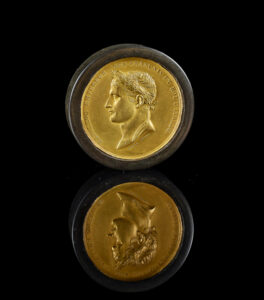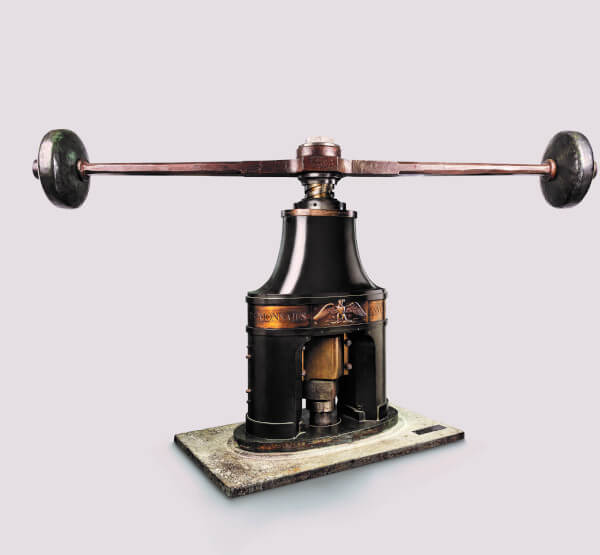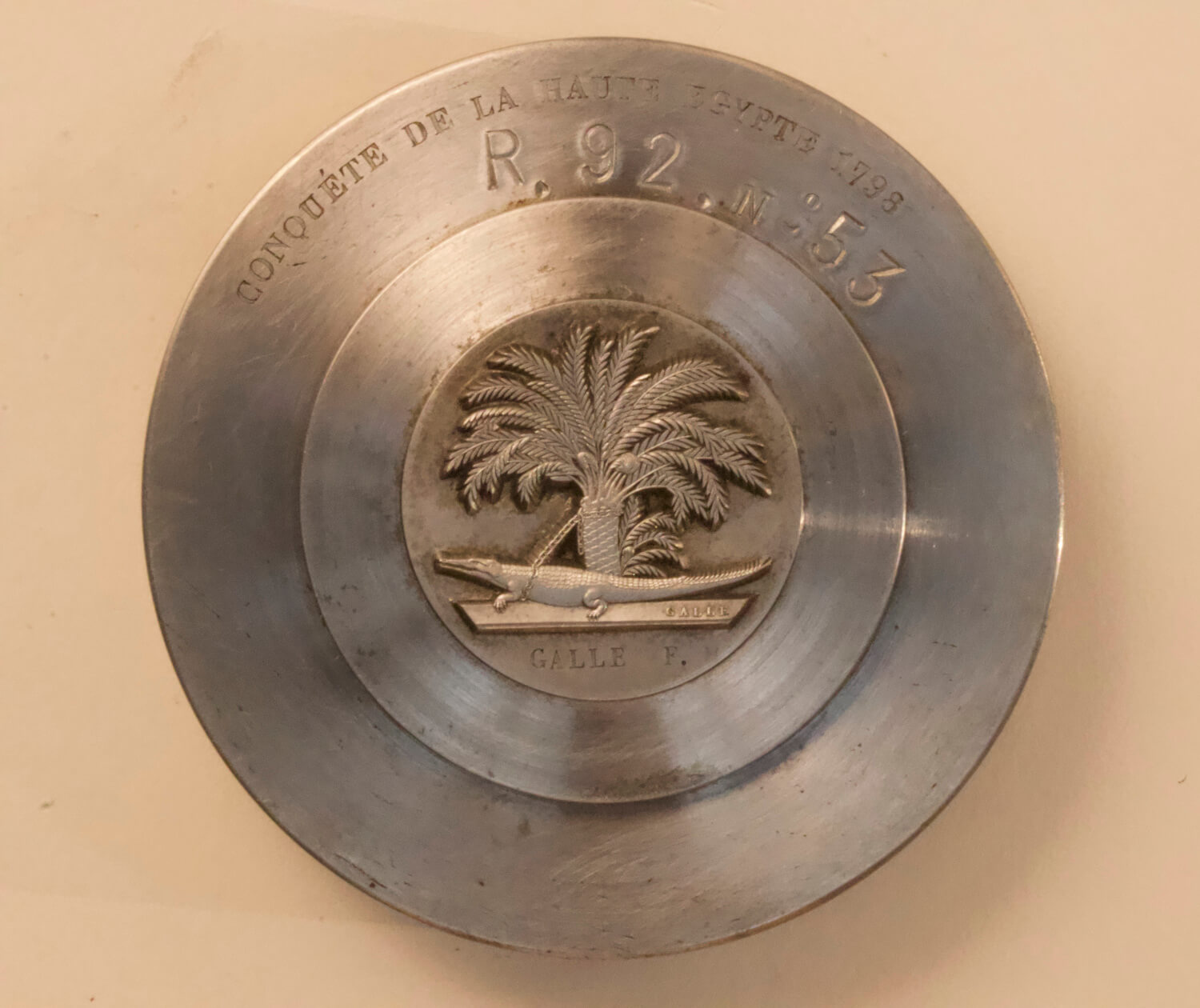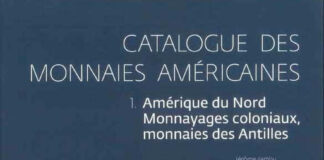
From 17th September 2021, the exhibition “For the Best and for the Empire – In the footsteps of Napoleon I at the Monnaie de Paris” will be on display in the museum, shedding light on the birth of the Germinal franc and the inner mechanism of the Napoleonic legend, where medals and symbols play a decisive role in the service of power.
The First Consul Bonaparte came to the Paris Mint on 12th March 1803 to visit the monetary workshops. His purpose was to ensure that everything was technically ready before promulgating the creation of the Germinal franc, which he did a few days later with the laws of March 28-April 7, 1803. In the occasion of this very important official visit, a gold medal featuring his portrait was minted in front of him. This effigy, engraved by Pierre-Joseph Tiolier, was to serve as a model for the future germinal franc. On the reverse, the date of the Republican calendar, 21 Ventôse Year XI, commemorates this important moment in the institutional history of the Monnaie de Paris.
Visitors are invited to follow “The footsteps of Napoleon I” in a stroll through the entire site of the Monnaie de Paris, where coins have been minted since its construction in 1775. The emblematic figure of the Imperial Eagle and the Emperor’s cypher, present in the building’s neoclassical decor, will guide you through the glorious past of this institution at the forefront of research in the development of new techniques for the production of coins and medals.
The exhibition is composed of 400 works: coins and medals, monetary and medallic tools, but also sculptures, paintings, drawings, decorative arts objects and archival documents. The works originate from the heritage collections of the Monnaie de Paris and important French public collections: the Louvre Museum, the Army Museum, the Carnavalet Museum, the Institut de France, the Napoleon Foundation, the Château de Fontainebleau Museum, the Châteaux de Malmaison and Bois-Préau, the Château de Versailles, the Thomas Henry Museum in Cherbourg, the Denon Museum in Chalon-sur-Saône, and the Archives of the French Ministry of Finances. The works are organized into different thematic focuses that show and explain how Napoleon I relied on coins and medals, particularly effective vectors of communication, to consolidate his power and glory.

From the launch of the great monetary reform of the Germinal franc in 1803 after the First Consul’s visit to the Paris Mint, to the construction of the “Napoleonic legend” by the skillful work of the engravers directed by Dominique-Vivant Denon. From the Consulate to the Empire, and then under the July Monarchy and the Second Empire, you will also discover the role of the Paris Mint: a state institution, a means of expressing power, which served as a diplomatic tool for European sovereigns and ambassadors.
The exhibition is curated by Beatrice Coullare, Head of Conservation at the Musée de la Monnaie de Paris. The exhibition will run until 6th March 2022.
For further information about the exhibition and to purchase tickets, visit the Monnaie de Paris website.
Read more about Napoleon and numismatics in this article on an important medal of the First Consul showing his “eternal glory”.








